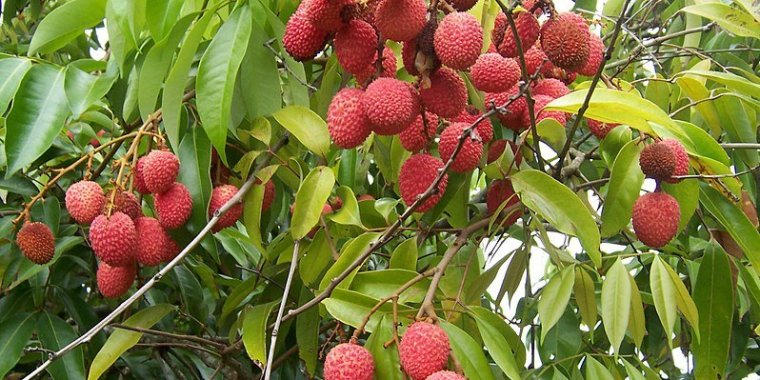| News / Science News |
Lychee deaths linked to pesticides, not the fruit
Recurrent outbreaks of acute encephalitis syndrome (AES) among children in India and Bangladesh could be down to exposure to agrochemicals used in lychee orchards rather than consumption of the fruit of the Asian lychee tree (Litchi chinensis), according to recent research.
The Bangladesh-US team of scientists which carried out the study, based their findings on investigations of an outbreak of AES in May–June 2012 that killed 13 children aged 1–12 in Bangladesh’s Dinajpur district.
The symptoms of AES include convulsion, unconsciousness, excessive sweating, and frothing at the mouth.
“Pesticides can be one of the contributing factors”, says Mohammed Saiful Islam, scientist at the International Centre for Diarrhoeal Disease Research, Bangladesh, and lead author of the study, which used a ‘mixed-methods’ approach to identify risk factors for AES and unsound practices around lychee cultivation in Dinajpur.
The outbreak was linked to lychee orchard exposures where agrochemicals were routinely used, but not to consumption of lychees. Lychees are cultivated, harvested and consumed in different parts of Bangladesh but lychee-associated outbreaks have been reported only in Dinajpur and Thakurgaon districts.
Orchard caretakers told the team that different nutrients and fertilizers were sprayed on the trees before flowering. During and after the fruiting stage, several insecticides such as endosulfan, cypermethrin, alpha-cypermethrin and lambda-cyhalothrin were also used.
Many pesticides applied to the gardens remain unknown since the labels were removed from the bottles before the pesticides were given to the workers for application.
In 2015, medical researchers in India held methylene cyclopropyl-glycine (MCPG) — a toxic phytochemical found in the lychee fruit — responsible for outbreaks of AES in India’s Bihar state.
MCPG is known to cause hypoglycaemic encephalopathy, a metabolic illness that affects the brain when body sugar levels are low due to fasting or undernourishment.
The researchers behind the new study admit that inability to measure blood glucose levels in the children who died in the 2012 outbreak of AES in Bangladesh prevented investigation of the role of MCPG.
But, epidemiological and clinical findings suggest that MCPG alone may not explain the deaths and that there were multiple lines of evidence pointing to agrochemical poisoning.
Independent scientists say that AES outbreaks, whether linked to toxic pesticides or not, remain a public health concern in Asia where some 133,000 children are affected each year. (SciDev.Net)
YOU MAY ALSO LIKE





